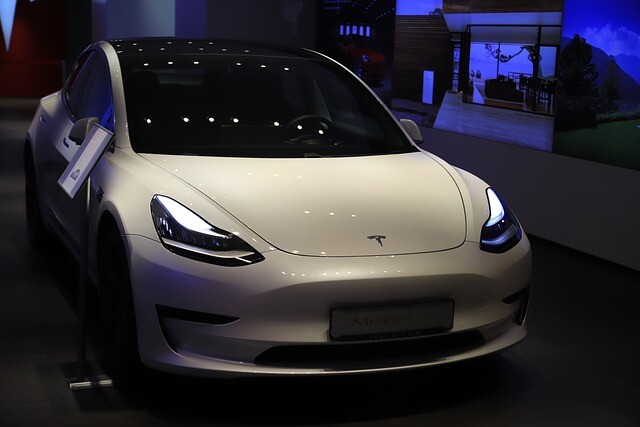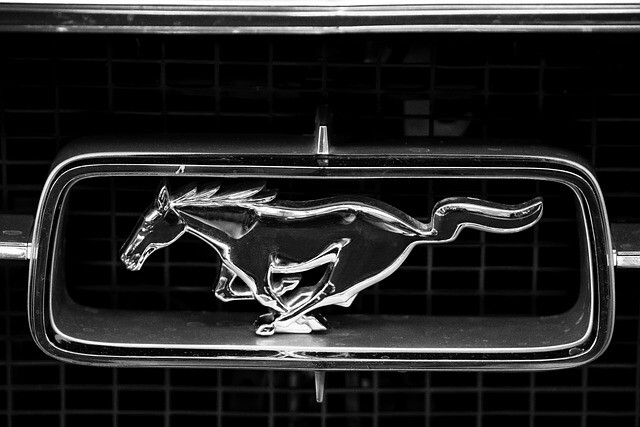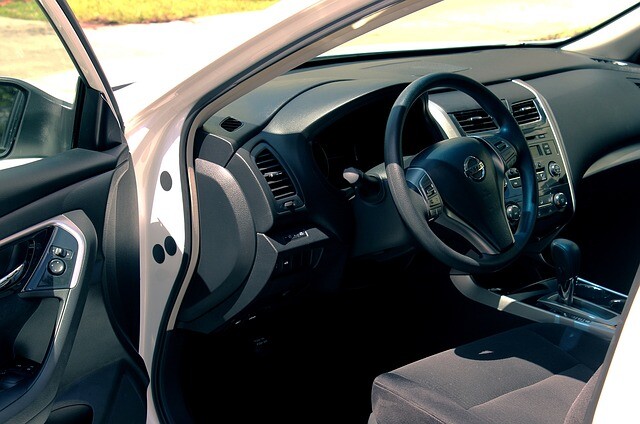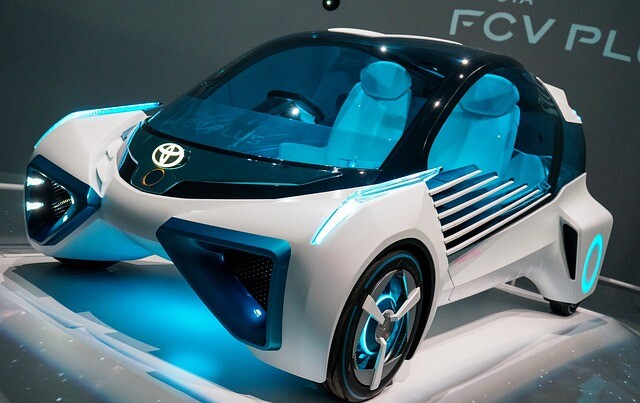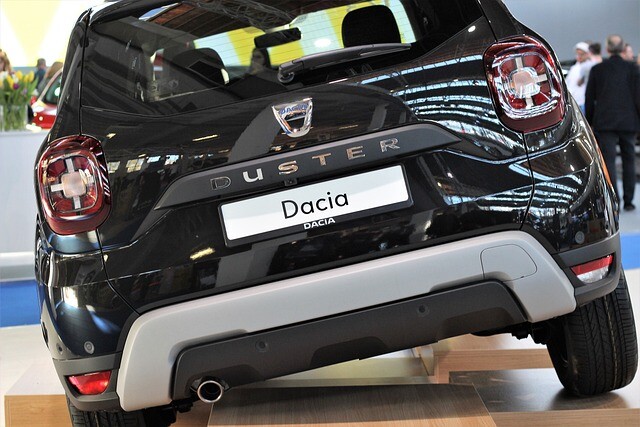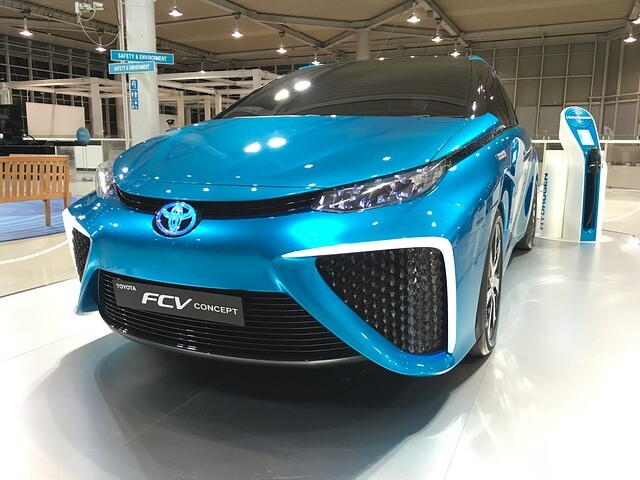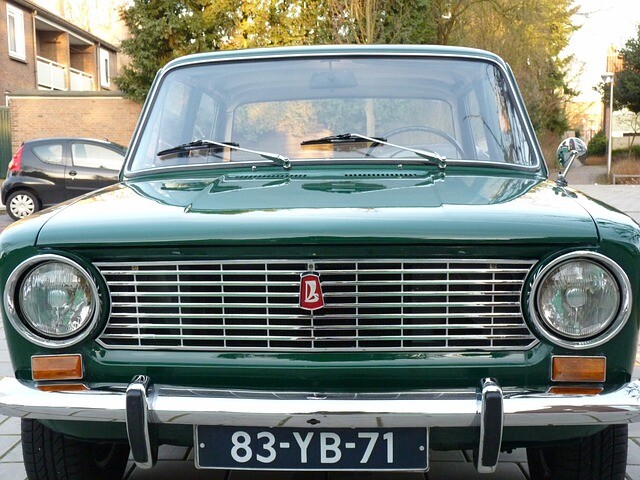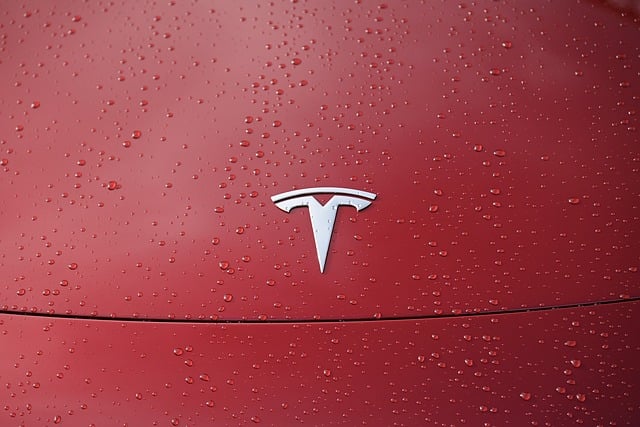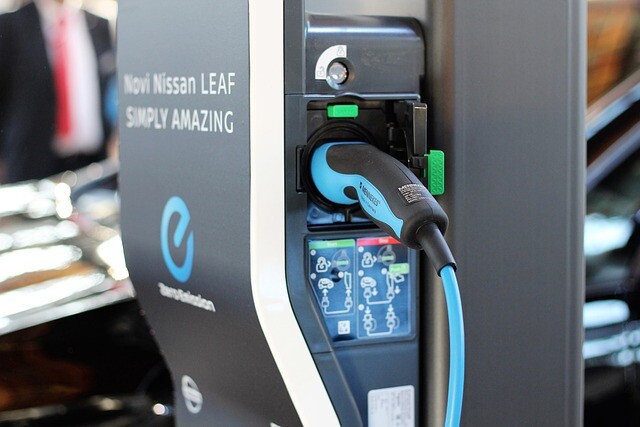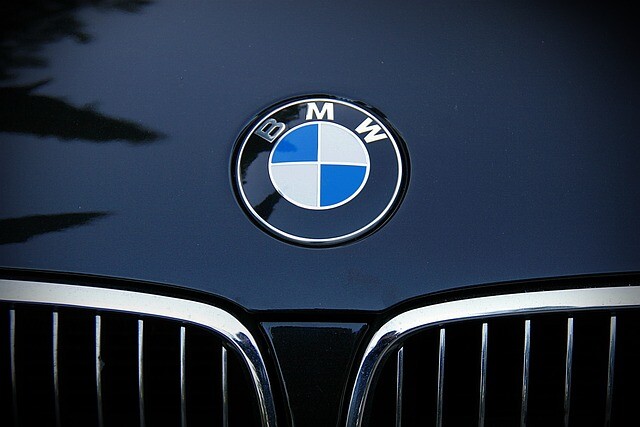The amount of energy used at public electric charging stations increased significantly in the first quarter
According to data from the Hungarian Energy and Public Works Regulatory Authority (MEKH), users charged almost 130 percent more energy to vehicles at public electric charging stations in the first quarter of this year than in the first three months of 2021, and the number of charging devices increased by 29 percent in one year.
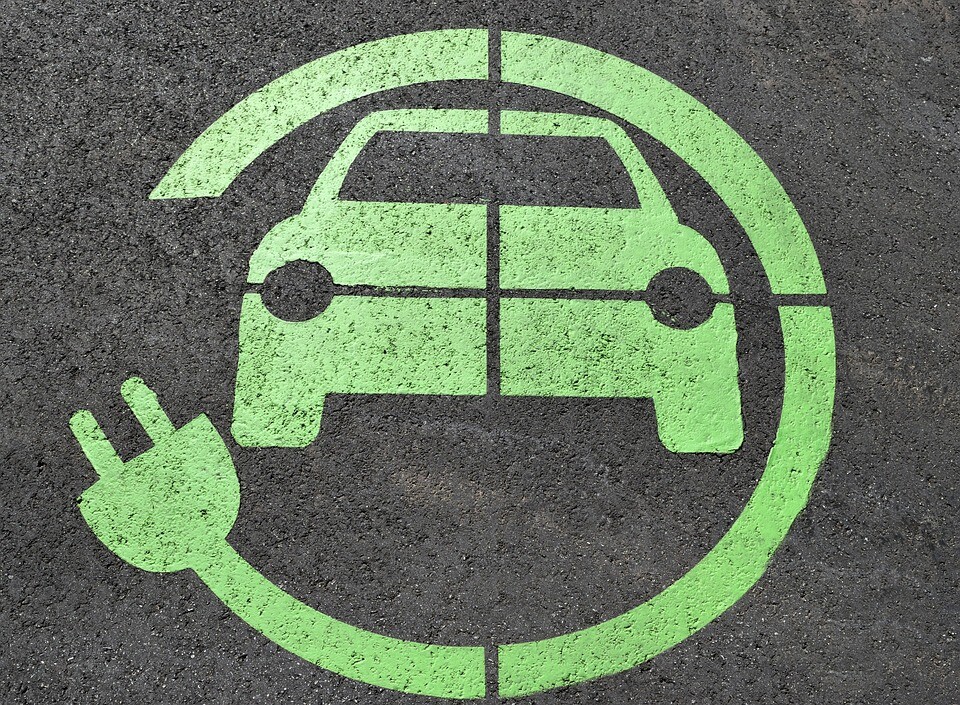
According to the office's announcement on Tuesday, by the end of the first quarter of this year, the number of charging equipment operated as part of public, licensed activities had increased to 1,912. 3,832 connectors are available for electric vehicle users in the country at these charging facilities.
The number of public chargers increased in all counties compared to the same period of the previous year. There were 83.3 percent more electric chargers in Békés County, 52.1 percent in Hajdú-Bihar County, and 46.7 percent in Pest County than a year earlier. In terms of the number of units, the largest increase was in Budapest, where 95 new chargers were put into operation, followed by Pest county with 79 and Győr-Moson-Sopron county with 32 new chargers - explained the MEKH.
The announcement also indicated that the number of cars with green license plates increased by almost 60 percent compared to a year earlier, according to data from the Ministry of the Interior; 47,859 cars with green license plates and 24,795 purely electric cars are registered.
The number of charges, as well as the amount of energy used for charging, also increased significantly compared to the previous year's data. In the first quarter, motorists charged 4,207 megawatt hours (MWh) of electricity at public electric charging stations, which is almost 130 percent more than in the same quarter of 2021 and 11.6 percent more compared to the previous quarter. The number of embankments increased from 159,041 to 375,625 in one year.

In the county of Komárom-Esztergom, the electricity charged to electric cars more than quadrupled, and in the counties of Tolna, Veszprém, Zala, Vas and Borsod-Abaúj-Zemplén, it increased more than threefold. The amount of energy spent on charging increased the least in Győr-Moson-Sopron, Nógrád and Jász-Nagykun-Szolnok counties.
61.8 percent of the energy consumed at public charging stations was used in Budapest and Pest counties, the share of the other counties is less than 5 percent each, the MEKH announced.
In Hungary, public electric charging equipment can be operated with a license issued by MEKH. The charging stations can also be found in the form of an interactive map on the website of the office.
(Source: autokalauz.co.hu; MTI | Image: pixabay.com)

